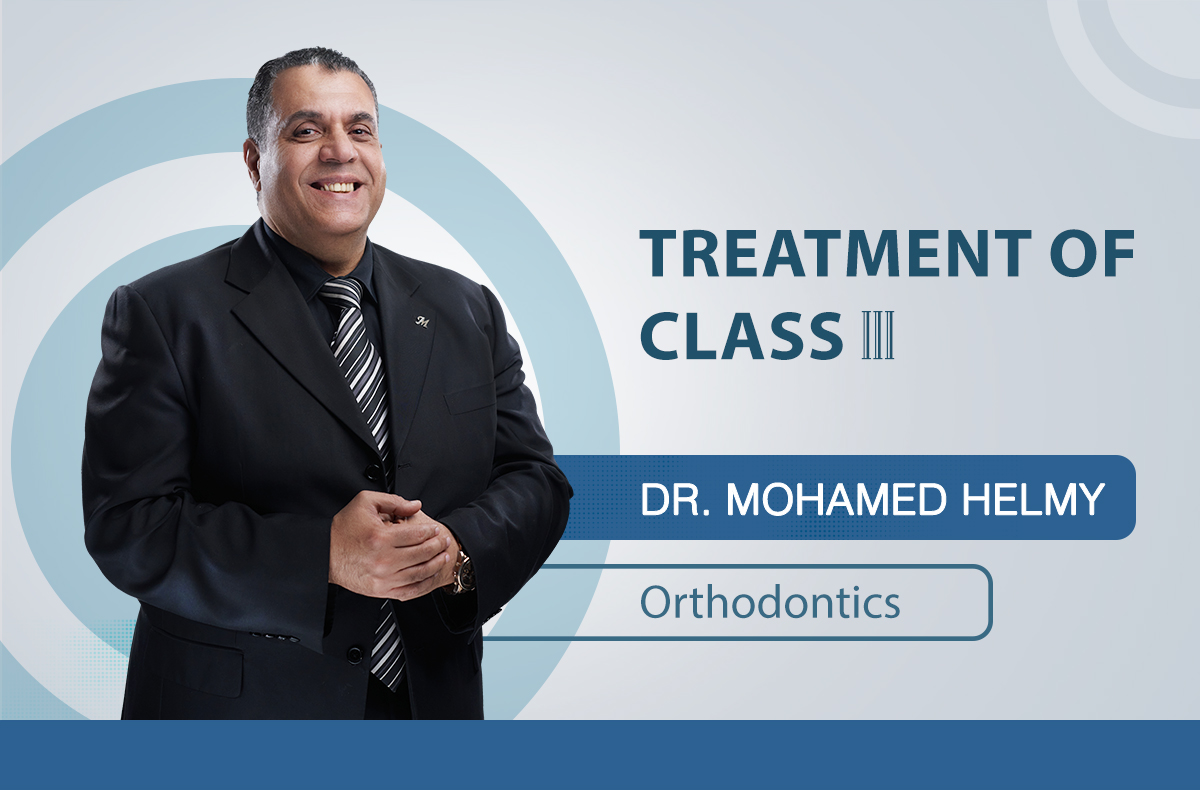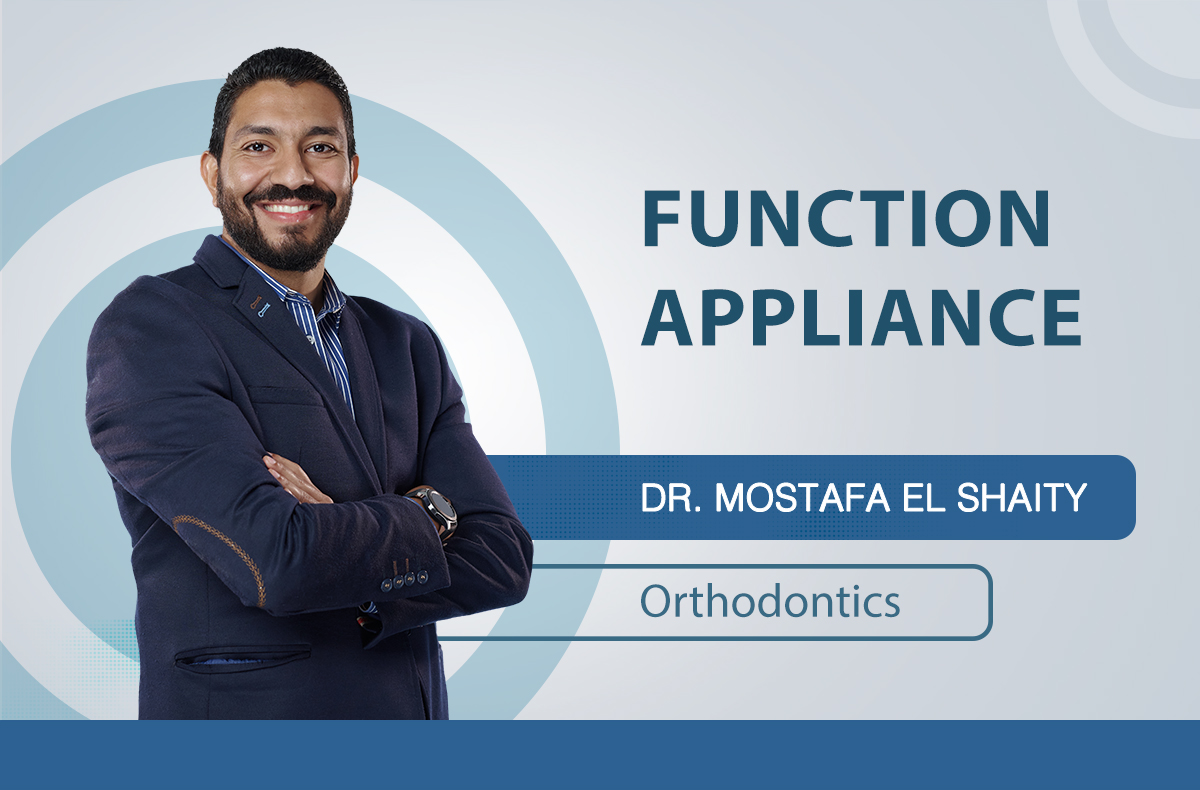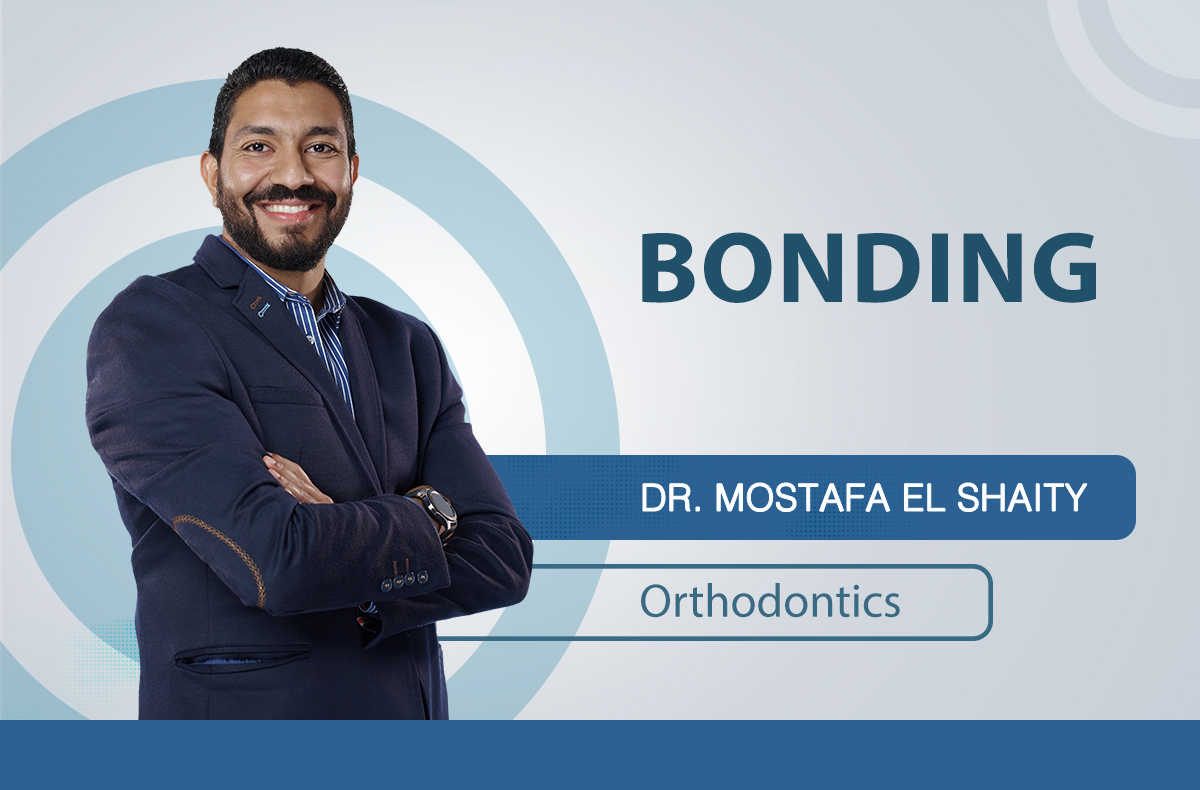
Dr. Mohamed Helmy
Class III malocclusion in mixed dentition or late deciduous dentition is most challenging for the orthodontists to treat. It may result either from maxillary deficiency or mandibular prognathism or a combination of both. In this course, we cover the treatment of class III mixed dentition and we discuss various stimulating cases with different treatment approaches.
- Description
- Curriculum
- Instructors
- Review
This course covers:-
" Treatment of class III " 1.0 Treatment of class III mixed dentition 1.1 Introduction 1.2 Case 1 1.3 Case 2 1.4 Case 3 2.0 Treatment of class III Permanent dentition 2.3 Introduction 2.3 Case 1 2.3 Case 2
What Will I Learn?
.You will learn: -How to manage and treat a class III case. -All scenarios for treatment (Permenant and mixed dentition)
Create Your Own Bundle!
You can create your bundle by selecting all of the “Learning Modules” you want to learn and click on “Add To Cart”. Proceed to checkout only when you’ve selected all the content you want to learn (at least 3 or more modules). After filling in your registration data and choosing your payment method, you can add the promo code “MYBUNDLE” and proceed to payment. Once it’s confirmed, you will gain access to your content for one year. You will get a 20% DISCOUNT when you create your own bundle (At least 3 or more modules).
Promotions!
* If you register to work on 3 clinical cases of the same category, you will get access to the corresponding learning modules for free. contact us at "promotion@spc-eg.com" and we will help you with registering. * If you want to create your own bundle, select all of the “Learning Modules” you want to learn and click on “Add To Cart”. Proceed to checkout only when you’ve selected all the content you want to learn (at least 3 or more modules). After choosing the payment method, you can add the promo code “MYBUNDLE” and enjoy full-time access for one year. You will get a 20% DISCOUNT when you create your own bundle








